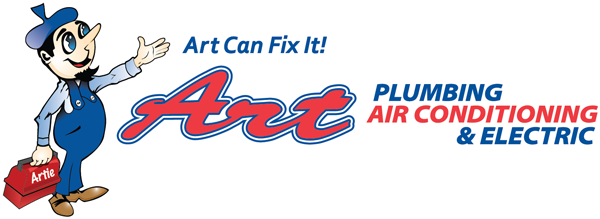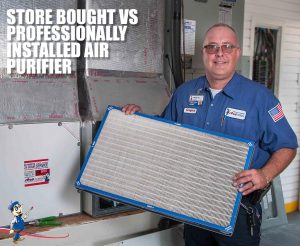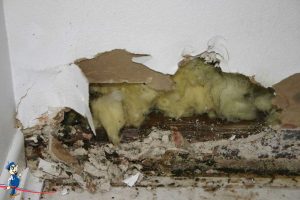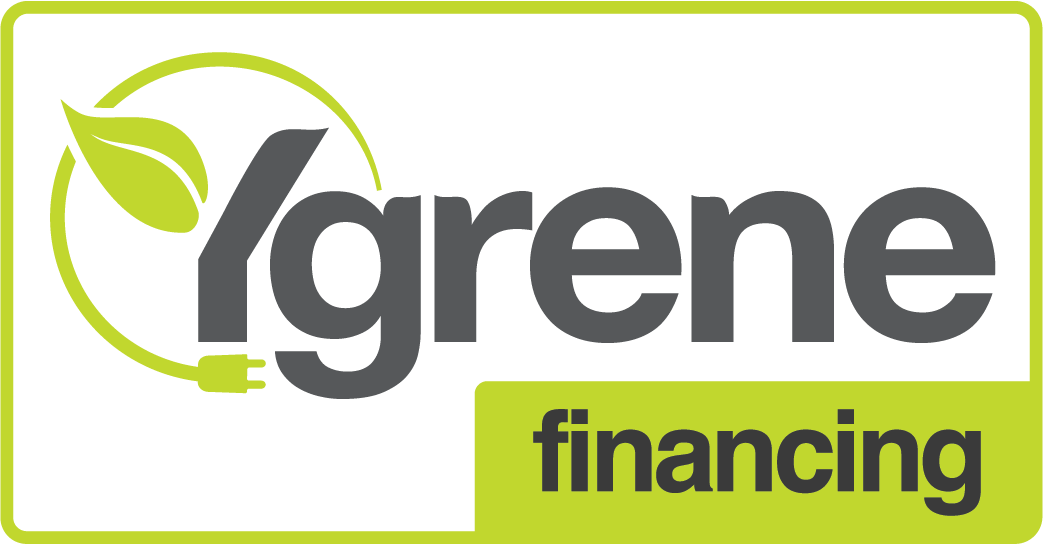Know Your MERV Ratings
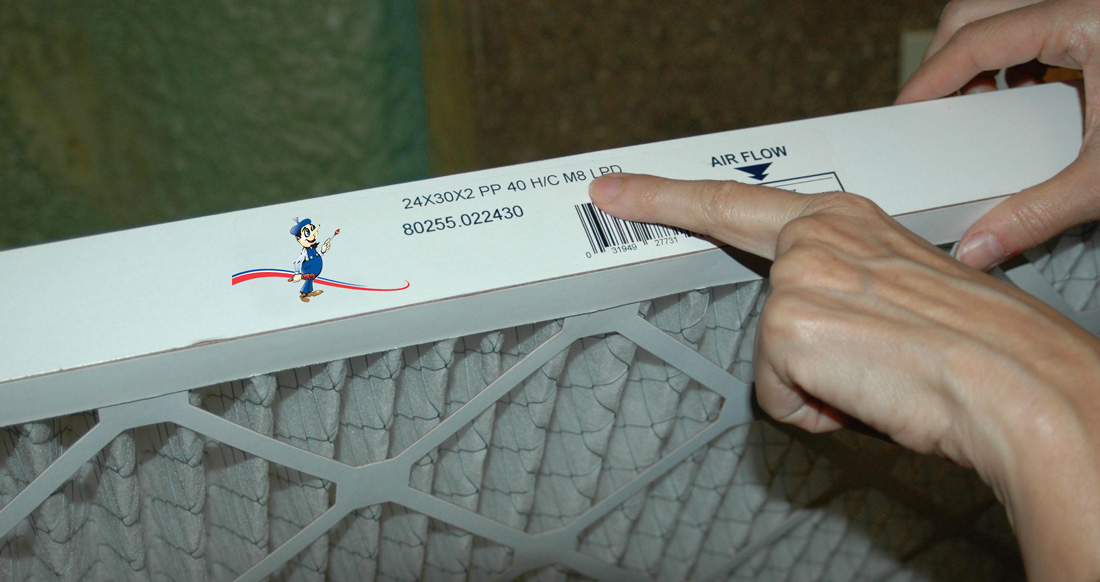
How Does Your MERV Rating Impact Indoor Air Quality?
Minimum Efficiency Reporting Value (MERV) is a standard of measuring the efficiency of air filters (particularly refrigeration and air conditioning), which affects your indoor air quality. The higher the MERV rating, the fewer air pollutants pass through the filter, and the better your indoor air quality.
How does the rating work?
MERV ratings range from 1 – 16, and are measured in units of microns.
The test for the ratings is done in a controlled testing environment. Particles of varying size (typically between 0.3 microns and 10 microns) are added upstream of a test filter. A laser particle counter gathers readings of the particles before they enter and after they leave the filter. These particles include the likes of pet dander, insecticide dust, smog, dust, viruses, wood, tobacco smoke, spores, bacteria, and pollen.
The two gathered readings are then compared to calculate the Particle Size Efficiency of the test filter. A MERV parameters chart is then set up according to this reading.
What can I expect from my filter?
Most residential buildings get a MERV reading of 1 – 4. Although this is the norm, it is not necessarily a good reading as the filters are typically disposable spun fiber panel filters, and their efficiency is not as effective as they do not stop particles smaller than 10 microns. These particles include pollen, dust mites and carpet fibers.
Filters with a MERV rating between 5 and 8 are usually found in filters in commercial applications. They are designed to have a pleated, or extended, surface area and collect particles as small as 3 microns. Ratings of 8 and above are best recommended for home owners. These filters will stop particles such as snuff, cement dust, and mold spores.
Also extended or pleated in design are filters with MERV ratings between 9 and 12, common among industrial and commercial applications. As these filters stop particles in the 1 – 3 micron range, they are also recommended for home owners who want the best dust control and indoor air quality. They will stop particles such as coal dust, lead dust, and auto emissions.
Filters with a rating of 9 and above have manufacturer-suggested cleaning/replacing schedules due to the amount of particles they filter. It is important to stick to these schedules as when the filter is dirty, it has a negative effect on the air quality. This has knock-on impact on the buildings operating efficiency, and the temperature-controlling equipment.
The most effective filters are those with a rating between 13 and 16 – stopping particles as small as 0.3 microns. Hospitals, and other buildings with a high hygiene standard, will operate with these filters. Filters with high MERV ratings are typically rigid in structure with extended surface cell filters. These filters stop particles as small as insecticide dust, smoke and bacteria.
Your residential
The optimum MERV rating for your residential filter will start at 7, and is not recommended to go higher than 13. Filters with these ratings will pick up majority of dust, pollen, debris and pet dander. Larger amounts of dust and allergens will be picked up with a higher MERV rating. The higher MERV rating is recommended for people who suffer with allergies, asthma, or respiratory conditions.
It may be tempting to go for a higher MERV rating to ensure optimum clean residential buildings, however this is not recommended. Filters with high MERV ratings are designed especially for large commercial buildings and have the potential to damage your air conditioning units and restrict air flow – over and above the substantial increase in energy usage.
